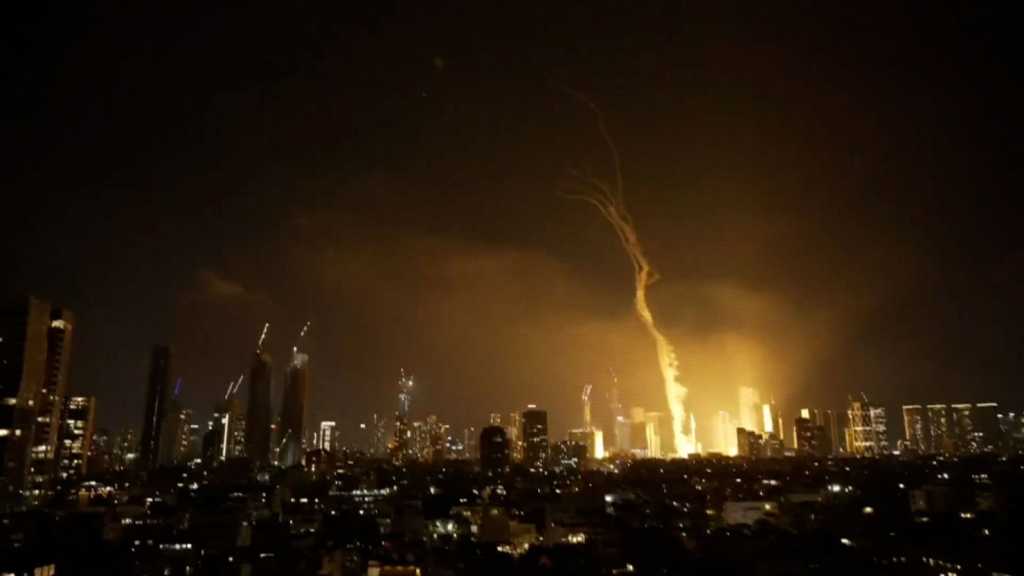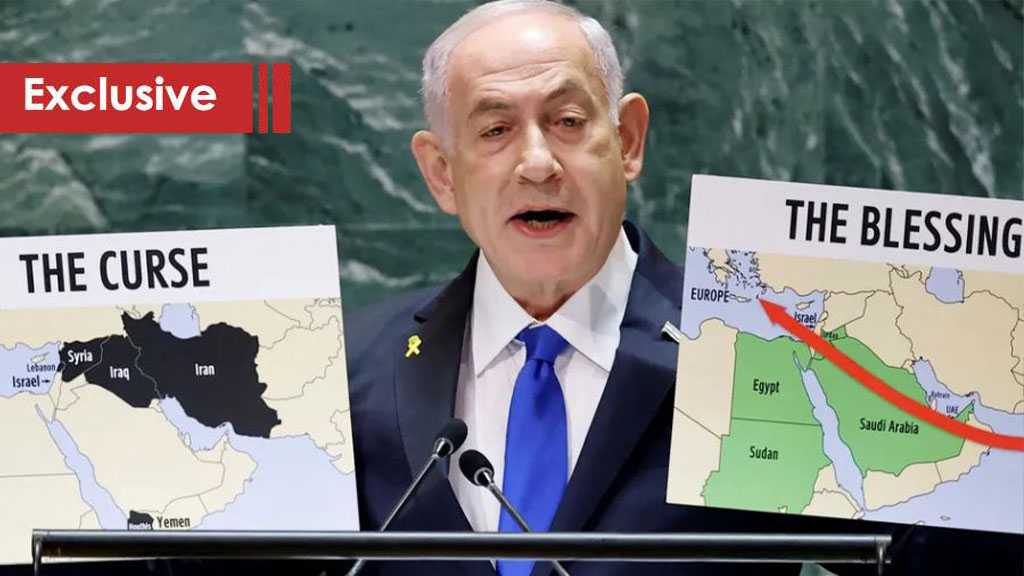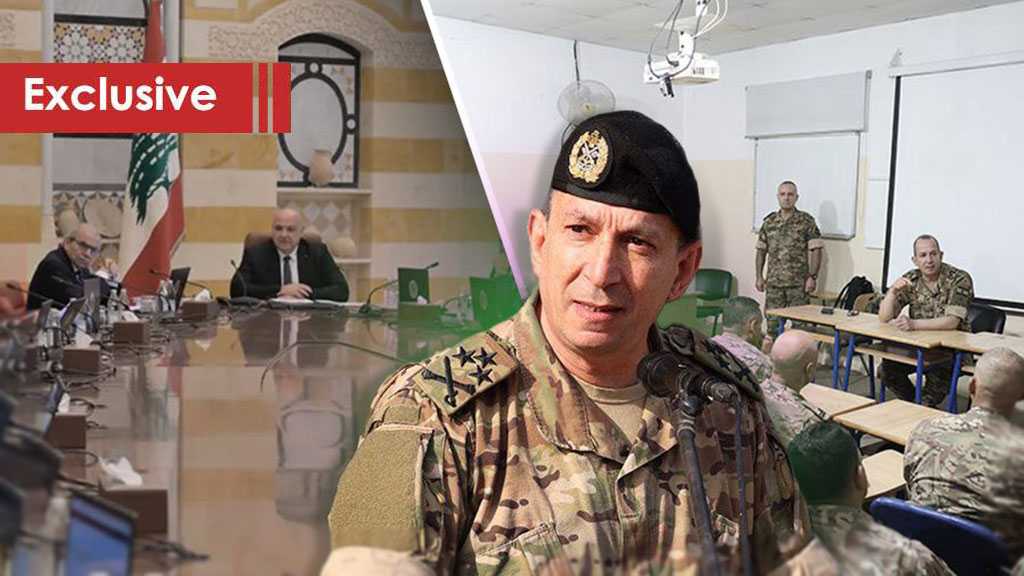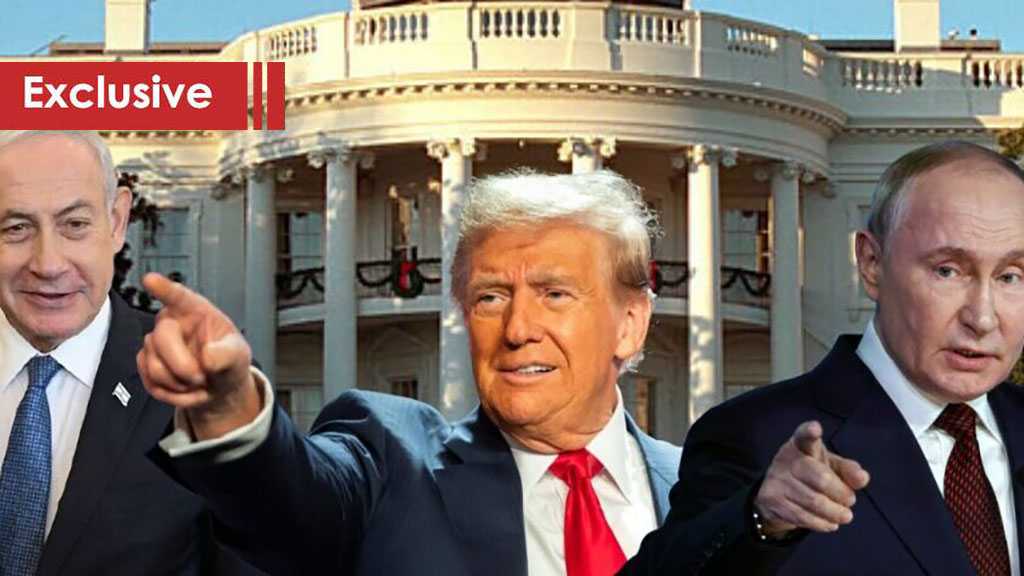
The Coming Storm: ’Israel,’ Iran, and the Nuclear Shadow

By Mohamad Hammoud
The Middle East is entering an influence perilous phase. The rivalry between "Israel" and Iran, which has long been fought through cyberattacks, covert operations, and regional, is now on the brink of direct confrontation. Recent analyses in Foreign Policy, including Trita Parsi's article "The Next 'Israel'-Iran War Is Coming" and James M. Acton's "There's More Than One Way to Build a Bomb," warn that a new war could be more catastrophic than ever. They also highlight an important reality: Iran does not need to fully restore its damaged nuclear facilities to accelerate its pursuit of a nuclear bomb.
The Nuclear Dimension
Acton's analysis is concerning. After “Israel's” June 2024 air raid on Natanz, Iran can use small IR-6m cascades to enrich uranium to weapons-grade in about 12 to 15 days, bypassing the need for large underground facilities. Sites the size of suburban garages are extremely difficult to target effectively, meaning any preventive strike could bring Tehran closer to a nuclear threshold.
Political calculations rather than technical restrictions will likely drive Iran's actions. The leadership may feel that showing nuclear readiness is essential to deter "Israel" and the US. However, missteps could trigger preemptive strikes by "Israel" and draw in American involvement, potentially prompting Saudi Arabia, Turkey, and Egypt to pursue their own nuclear programs in response to "Israel's" actions and US support.
Netanyahu's Strategy and Washington's Dilemma
Parsi's political analysis is particularly compelling. The conflict in June was not just about centrifuges; it was about gaining strategic leverage. Netanyahu outlined a three-part "wish list" in the Situation Room months before the initial bombings: to draw the US into a full-scale conflict with Iran, to dismantle the Islamic Revolutionary Guards, and to reduce Iran to a vulnerable state. However, Washington only acted on one of these points, conducting a limited bombing campaign. US President Donald Trump authorized strikes on Iranian nuclear facilities but chose not to engage in the broader war, preferring a tactical pause over a strategic reset. In just twelve days, one-quarter of America's THAAD missile interceptors were deployed, leading both sides to believe that the next confrontation could be a decisive one.
The upcoming conflict will take place against the backdrop of American domestic politics. Trump, who takes pride in having ended "endless wars," faces a division within his MAGA base between evangelical hawks and libertarian non-interventionists. A second Middle East war aimed at defending “Israel” could quickly fracture this coalition.
However, as Parsi notes, the trap has already been set. By allowing the initial round of strikes, Trump has essentially given Netanyahu control over the extent and duration of any U.S. response. Each time Washington chooses not to escalate further, Jerusalem takes action on its behalf, banking on the idea that domestic political pressure will eventually compel the White House to complete what "Israel" has started.
Iran's New Playbook: Strike First, Overwhelm Fast
What makes the upcoming conflict different is not the military hardware, but the political dynamics at play. Iran has recognized that measured retaliation only leads to repeated escalations from "Israel." On the other hand, "Israel" has learned that a limited escalation from the US can cause hesitation in responding. As a result, the next conflict is expected to begin with greater intensity and speed.
Iranian Foreign Minister Abbas Araghchi has warned that continued aggression will provoke a response that will be "impossible to cover up," suggesting that Iran may launch saturation missile attacks on "Israeli" air bases, potentially targeting the Dimona nuclear facility.
"Israel," for its part, is signaling urgency in its preparations. War Minister "Israel" Katz refers to the current lull in hostilities as "a strategic timeout, not a cease-fire." At the same time, Chief of Staff Eyal Zamir stresses that preemptive strikes will be executed more quickly and deeply than before.
The Regional and Global Stakes
The greatest danger is miscalculation. Iran may believe nuclear signaling deters "Israel," while “Tel Aviv” may assume preemptive strikes can neutralize Tehran's program, ignoring retaliation from allied militias in the region. Open war would not remain confined to "Israel" and Iran. The Strait of Hormuz, which carries one-fifth of the world's oil, could become a battleground. US forces in Iraq, Syria, and the Gulf would be primary targets. Energy markets, already strained by other global crises, could spiral out of control, triggering inflation worldwide.
A Moment of Decision
The next Middle East war could redefine regional and global security. The choices in Tehran, Tel Aviv, and Washington in the coming months will resonate for decades. Will restraint prevail, or will miscalculation drag the world into a conflict with nuclear implications?
Public pressure, diplomatic strategy, and American political will remain critical. Without a coherent U.S. response — one that signals limits and enforces restraint — the next war will not be "Israel's" alone. It will be America's. And as Parsi and Acton warn, it could make Iraq look like a warm-up act.


